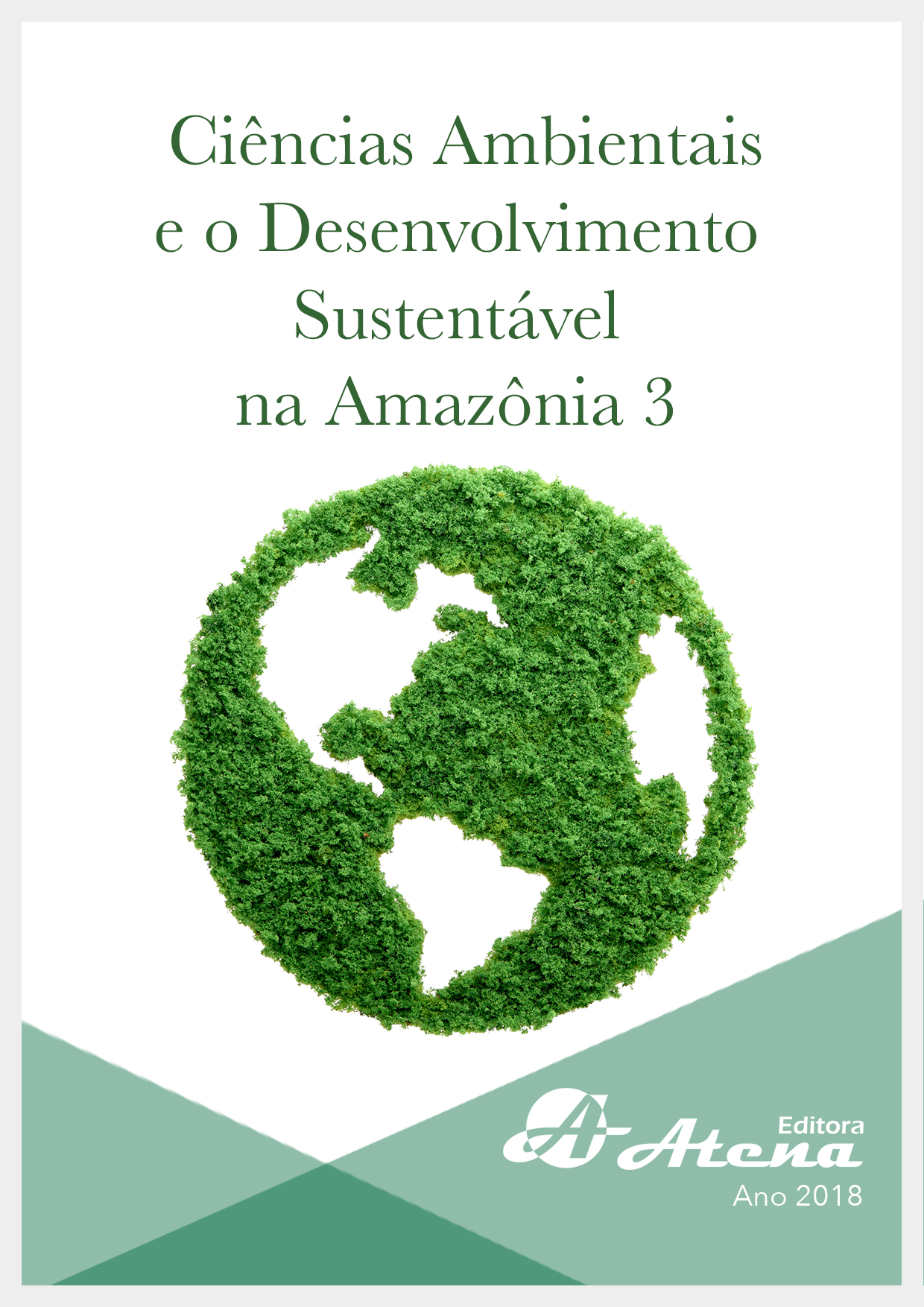
O USO DA MODELAGEM COMO RECURSO DIDÁTICO AUXILIADOR NO ENSINO DE LIGAÇÕES QUÍMICAS
O presente trabalho teve por
finalidade desenvolver uma metodologia
adequada, utilizando-se da modelagem como
recurso didático alternativo, visando tornar as
aulas mais atrativas e de fácil compreensão do
assunto “Ligações Químicas”, proporcionando
ao aluno uma aprendizagem eficiente no ensino
do mesmo. A atividade foi desenvolvida com
sete estudantes pertencentes a um cursinho
pré-vestibular — vinculado à Pró-reitora de
Extensão da Universidade do Estado do
Pará (PROEX/PA) —, em Salvaterra – PA,
sendo dividida em duas etapas: a primeira foi
constituída de uma avaliação diagnóstico, por
meio da aplicação de um questionário e uma
aula expositivo-dialogada; na segunda foi
realizada uma atividade prática, e por fim foi
realizada uma última intervenção avaliativa com
enfoque voltado para a opinião do aluno sobre
a metodologia empregada e conhecimentos
obtidos durante a execução das atividades.
Acerca da metodologia utilizada neste trabalho:
os participantes foram unânimes em sua
opinião ao avaliarem, como ótima metodologia
a utilização do recurso pedagógico durante a
prática. O uso de estratégias metodológicas
diferenciadas de ensino, como a modelagem,
possibilitam que o aluno seja sujeito ativo no
processo de construção do seu conhecimento,
refletindo e fazendo, aliando o conhecimento
teórico ao prático, além de tornar o assunto
“visível”, pois o discente faz em modelos
palpáveis as ligações iônica e covalente, com
isso diminui-se a abstração desse assunto,
facilitando o entendimento do aluno.
O USO DA MODELAGEM COMO RECURSO DIDÁTICO AUXILIADOR NO ENSINO DE LIGAÇÕES QUÍMICAS
-
DOI: Atena
-
Palavras-chave: Modelagem, Recurso didático alternativo, Ligações iônica e covalente.
-
Keywords: Modeling, Alternative teaching resource, Ionic and covalent bonds.
-
Abstract:
The current work aimed to develop
a methodology, using modeling as an alternative didactic resource, the work search to
make classes harmonious and easy to understand the subject “Chemical Bonds” - ionic
and covalent bonds -, providing the student with an efficient learning in the teaching
of chemistry The activity was developed with seven students from the pre-university
course - Pro-Rector of Extension of the University of the State of Pará (PROEX / PA) -
in Salvaterra city - PA, this work was divided into two stages: of a diagnostic evaluation,
through the application of a questionnaire and an expository-dialogue class; in the
second stage a practical activity was carried out, and finally an evaluation intervention
was carried out focusing on the student’s opinion about the methodology used and the
knowledge obtained during the execution of the activities. The methodology used in this
work was: the participants were correct in their answers, as a good methodology the
use of the pedagogical resource during the practical activity. The use of differentiated
methodological strategies of teaching, such as modeling, enables the student to be
an active subject in the process of constructing his knowledge, reflecting and making
theoretical knowledge of practical knowledge, besides making the subject “visible”,
since the student elaborates palpable models the ionic and covalent bonds, with that
diminishes the abstraction of this subject, facilitating the student’s learning.
-
Número de páginas: 15
- Donizette Monteiro Machado
- Williams Carlos Leal da Costa
- Amilton dos Santos Barbosa Júnior
- José Diogo Evangelista Reis
- Débora Portal Lopes
- Tales Vinicius Marinho de Araújo
- Rita de Cássia Pereira dos Santos


